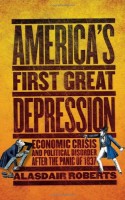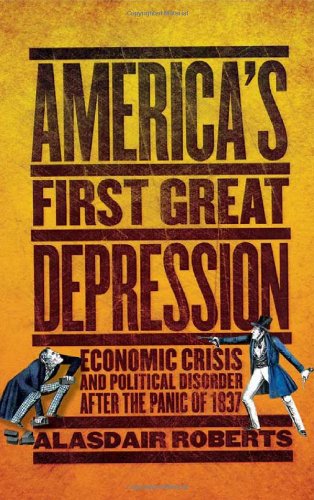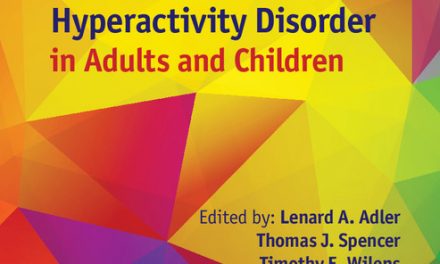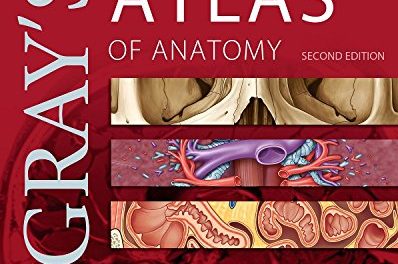 Author: Alasdair Roberts
Author: Alasdair Roberts
Publisher: Cornell University Press – 255 pages
Book Review by: Paiso Jamakar
The average person knows about America’s Great Depression of the 1930s that followed the crash of the stock market on October 29, 1929, known as Black Tuesday. That was actually the second Depression in the United States, and it was the longest, deepest and most widespread one in the 20th century.
It was a time when large-scale unemployment was prevalent in almost all industries and at a higher level than ever before. There was widespread poverty, homelessness, and hunger, with bread lines a common sight everywhere. It had devastating physical and psychological effects on all people, rich and poor.
The unemployment level was reportedly at 25 percent, but it was most likely higher, some historians have written, because record-keeping was not comprehensive, and the cash economy was probably a larger component of the total than now.
During the Great Depression (1929-1939) sales and profits of businesses plunged, and this was followed by a huge reduction of personal income for the average business owner and employee. Prices of goods and services dropped dramatically, with farming communities and rural areas suffering heavily as crop prices fell by about 60 percent, even as agriculture took a big blow with a severe drought in mid-1930.
Government tax revenues also took a big hit. The negative effects of all these phenomena lasted until the beginning of World War II in 1939.
Much of the above events of the second Depression have been written about in history and economics books and have been read, but few people know of America’s First Great Depression (1937-1948), which is the subject of this book by Alasdair Roberts, who teaches law and public policy, and has written three other books.
This work details how the United States government’s wrong-headed fiscal policies led to a woeful, shrunken economy, with the people scarcely able to pay taxes, and consequently the government struggling to repay back its loans to its lenders.
In this book, Roberts has compiled and organized his materials well (including charts) and presents them in five chapters sandwiched by an Introduction and a Conclusion:
Introduction: Back to the Future
- Boom and Bust
- The States’ Crisis
- The Federal Government’s Crisis
- Law and Order
- The End of the Crisis
Conclusion: Freedom, Order, and Economic Crisis
During those days of doom and gloom, people wondered if the politicians in Washington DC will resume making good decisions pertaining to taxes and spending, as they worried if state and local leaders will be able to quell massive riots and rebellion.
Roberts writes about this period: “A few wondered whether this was the end of America’s democratic experiment.” Those years of multiple negative events were made worse by America’s dependence on foreign trade with and investment by Britain.
So how were the problems dealt with, and how did the situation get back to normal. Read this book to get the answers.







